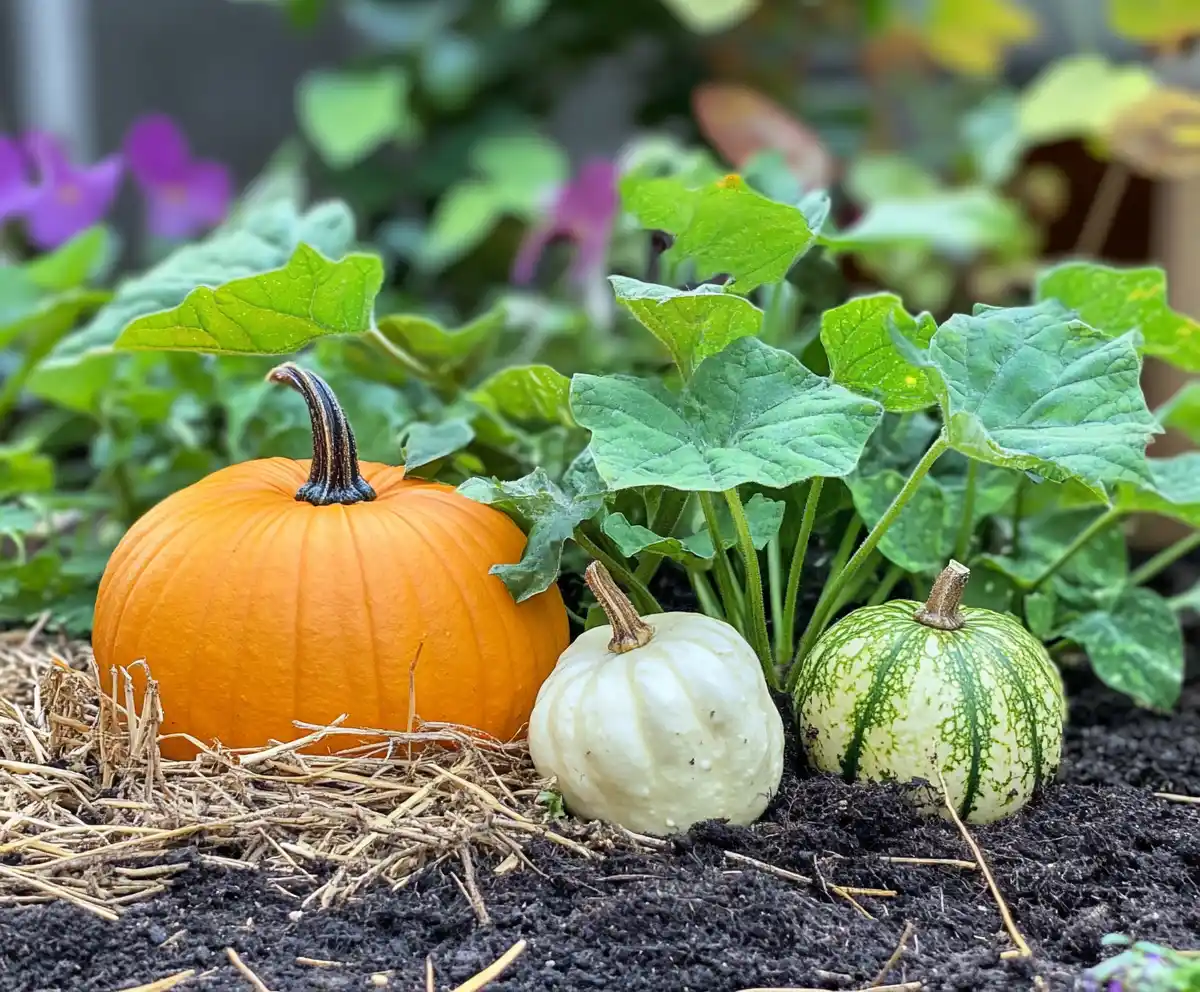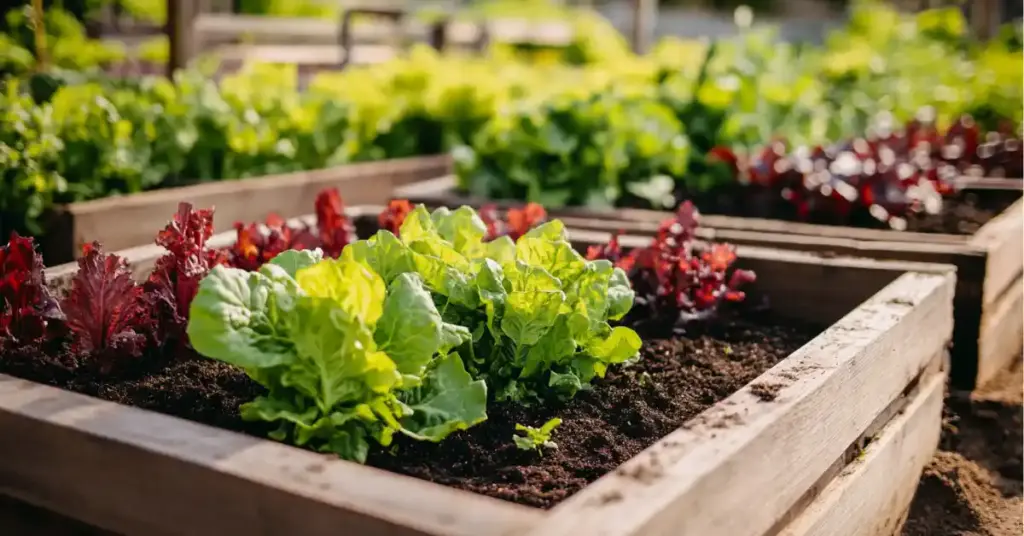Starting a garden for the first time can feel like a big leap—but it doesn’t have to be intimidating. The key to success in beginner gardening is choosing vegetables that are easy to grow, low-maintenance, and rewarding. Whether you’re working with a backyard bed or a few containers on the patio, selecting the right crops can make all the difference in building your confidence and skills.
As someone who started with very little experience, I’ve learned that growing food is a joyful, grounding activity—especially when you begin with plants that won’t overwhelm you. By focusing on hardy, forgiving vegetables and a few simple tips, you’ll avoid many of the common beginner frustrations like pests, overwatering, or stunted growth. Let’s dig into the best vegetables to grow for beginner gardening—and why they’re perfect for your first season.
🥕 Top 10 Vegetables for Beginner Gardening
These vegetables are resilient, productive, and simple to grow—even if this is your first time planting a seed.
1. Leafy Greens (Spinach, Lettuce, Swiss Chard)
If you’re looking for quick wins in the garden, leafy greens are your go-to crops. Spinach, lettuce, and Swiss chard grow fast, thrive in cool weather, and don’t demand much attention.
- 🌿 Ideal Seasons: Early spring and fall
- ☀️ Sun Requirements: Full sun to partial shade (especially in hot summer)
- 💧 Watering Tips: Light but regular watering; avoid soggy soil
- 🌱 Planting Advice: Start indoors a few weeks before your last frost or sow directly outdoors
Swiss chard, in particular, is a tough green that can keep producing throughout the season. To prevent root rot, try planting in raised rows or small mounds, and water in the morning for best results.
2. Tomatoes
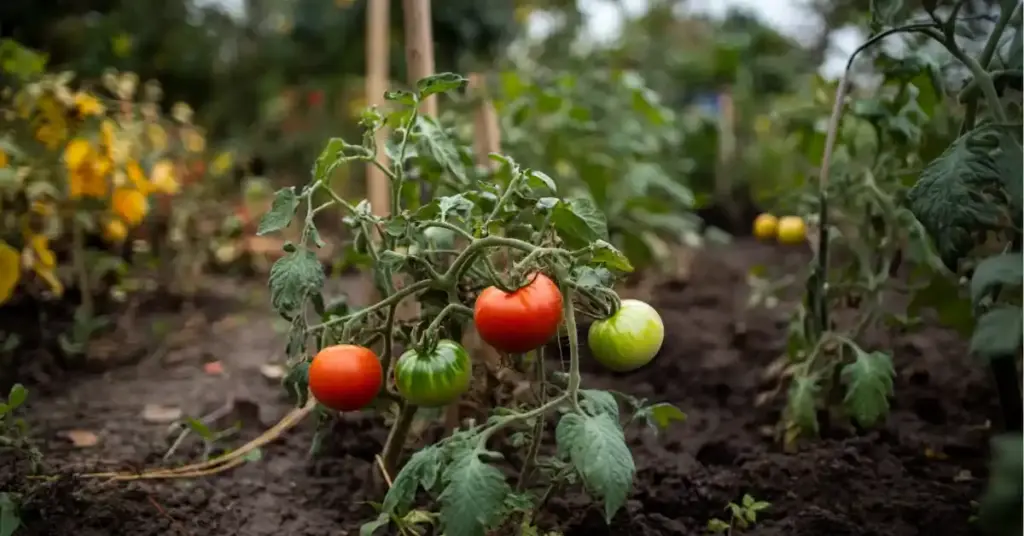
Tomatoes are the star of many home gardens—and for good reason. With just a little care, they’ll reward you with baskets of flavorful fruit.
- 🌞 Loves: Full sun and warmth
- 🕒 Start: Indoors 6–8 weeks before the last frost
- 💦 Watering Routine: Deep watering after transplanting, then every other day
- 🪴 Support Needed: Use cages or stakes as the plant matures
Pro tip: Placing flat rocks near the base helps retain moisture during dry spells. Prune or tie up drooping stems to keep the plant thriving and fruiting longer.
3. Cucumbers
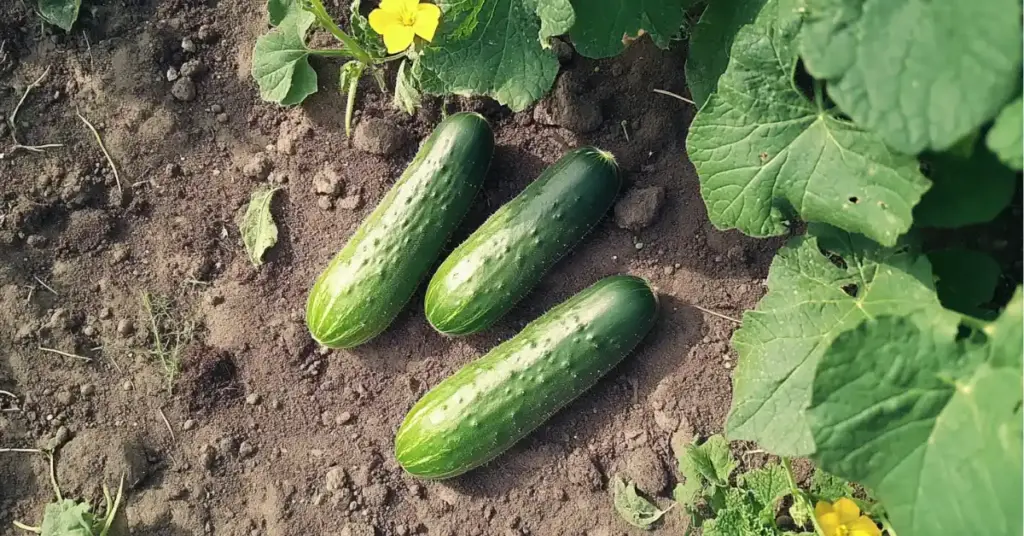
Fast-growing and super refreshing, cucumbers are beginner-friendly and fun to train on trellises.
- 🌡️ Temperature: Prefers warm, sunny conditions
- 🌱 Start Indoors: 3–4 weeks before the last frost
- 💧 Hydration: High water needs—daily watering recommended
- 🧱 Support: Trellis to save space and keep fruit off the ground
Choose a sunny, well-draining spot for cucumbers, and weave the vines through a trellis as they grow. In no time, you’ll have a crisp harvest perfect for snacking or pickling.
4. Pumpkins & Winter Squash (Butternut, Spaghetti, Acorn)
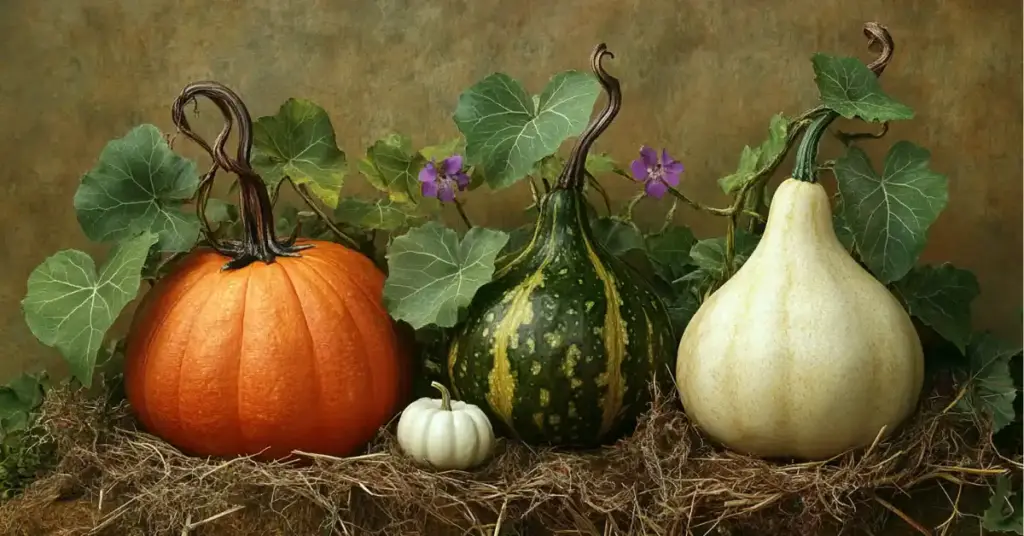
If you’ve got room to spare, pumpkins and winter squash are fun and rewarding crops with a long shelf life.
- 🏡 Space Needs: Lots! These are vining plants
- 🌞 Climate: Best grown in warm areas after last frost
- 🪴 Planting Tip: Sow on small mounds for better drainage
- 💧 Watering: Deep watering via soaker hose is ideal
These varieties take 70–100 days to mature, but they’re worth the wait. Bonus: You can store most winter squash for months, making them a great food security option.
5. Zucchini & Summer Squash
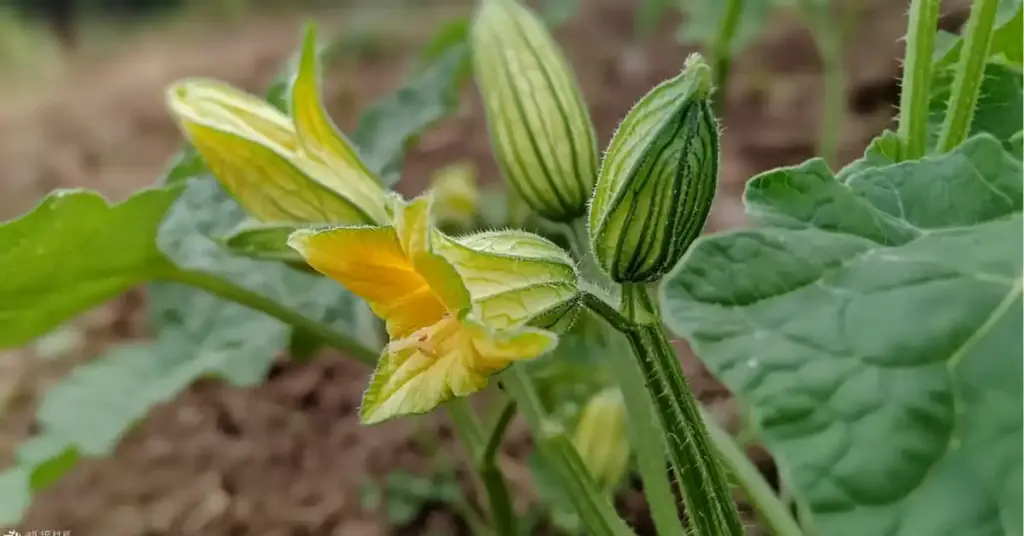
Zucchini practically grows itself, making it one of the easiest crops for beginner gardeners.
- ⏩ Growth Speed: Fast and productive
- 🧺 Varieties: Bush and vining types (bush works great in containers)
- 💦 Moisture: Keep soil evenly moist; a soaker hose helps
- 🐞 Watch For: Squash bugs—use neem oil or hand-pick to control
Give each plant enough space (about 12 inches) and monitor the underside of leaves for pests. You’ll be amazed at how much one zucchini plant can produce!
6. Peppers (Bell, Poblano, Jalapeño & More)
Peppers add color, crunch, and flavor to meals—and they’re surprisingly easy to grow.
- 🔥 Climate: Warm temperatures and full sun
- 🌱 Start Indoors: 2–4 weeks before last frost
- 🌿 Support: Stake or cage to protect growing fruit
- 💧 Moisture: 1–2 inches of water weekly; mulch helps retain it
Peppers don’t need much space, making them ideal for small gardens or containers. Just wait until your soil is consistently warm before transplanting outdoors.
7. Carrots
Carrots are one of the simplest root vegetables for beginners, perfect for in-ground or container gardens.
- ❄️ Season: Cool weather crop for spring and fall
- 🪴 Soil Needs: Loose, rock-free, well-draining soil
- 💧 Watering: Deep soaking every 1–2 days
- ✂️ Weed Carefully: Pull weeds gently to avoid damaging roots
Sow carrot seeds directly into the soil in shallow rows, and in 6–8 weeks, you’ll be harvesting your crunchy, colorful bounty. Use a soaker hose to deliver water right where roots need it.
8. Peas
Sweet, tender, and fast to mature—peas are a rewarding crop that shines early in the growing season.
- 📅 Planting Window: 4–6 weeks before the last frost or 6–8 before first fall frost
- ☀️ Sunlight: Full sun preferred
- 🧱 Soil: Slightly dry, well-drained
- 🌿 Support: Use a trellis or mesh for climbing
Harvest peas often to encourage more pods. A raised bed or mulched row helps protect roots, which are delicate and shallow.
9. Beets
Beets are fast growers that offer both a root crop and tasty greens—double the value for new gardeners.
- ❄️ Ideal Conditions: Cool-season; early spring and late summer
- 🌱 Soil: Loose, fertile, and well-drained
- 💧 Moisture: Keep soil evenly moist with mulch
- 🧤 Harvest: Ready in 50–70 days
Once harvested, store the roots and greens separately to extend freshness. Beets are an easy way to build gardening confidence thanks to their fast turnaround and minimal maintenance.
10. Green Beans (Bush & Pole Varieties)
Green beans are incredibly forgiving and perfect for beginner gardening—especially if you have kids who love snacking right from the vine.
- ⏱️ Planting: After danger of frost; can be direct sown or started indoors
- ☀️ Sun Needs: Full sun all season
- 💧 Watering: Consistent moisture is key
- 🪴 Support: Trellis for pole beans; bush beans need little care
Pick beans when they’re crisp but before the seeds inside start bulging. Harvesting regularly promotes new growth, so plan to check plants every couple of days.
🌼 General Gardening Tips for Beginners
Getting into beginner gardening isn’t just about choosing the right vegetables—it’s also about timing, tools, and starting small. Here’s what you need to know to set yourself up for success from day one.
🗓️ When Should You Start a Garden?
The best time to start depends on your local climate, but here are some general rules:
- Start seeds indoors: 6–8 weeks before your last expected frost
- Transplant seedlings outside: After hardening them off for 7–10 days (gradually exposing them to outdoor conditions)
- Fall gardens: Sow seeds mid-to-late summer, giving enough time to harvest before the first fall frost
🔎 Tip: Use tools like the Farmer’s Almanac to find frost dates for your area.
🧰 What Do You Need to Start a Garden?
Beginner gardening doesn’t require fancy tools or a huge backyard. Here’s a simple starter kit:
- 🥄 Seeds: Choose 4–6 varieties your family enjoys
- 🌱 Space: Small garden beds, raised boxes, or containers
- 🛠️ Tools: A shovel, hoe, hand rake, and watering can (or hose)
- 🌿 Optional: Mulch, compost, plant markers
- 🧑🌾 Bonus: Check out a local community garden if you lack space at home
Start simple. You don’t need a full homestead to reap the benefits of homegrown food.
📏 Start Small and Build Confidence
It’s tempting to grow everything—but trust me, restraint pays off.
- Start with 5–6 vegetables
- Keep your garden manageable in size
- Use a notebook or digital planner to track sowing dates, weather, and harvests
- Focus on consistency, not perfection
Gardening is a skill that grows with you. Each season teaches you something new—so give yourself the grace to learn at your own pace.
❓ Frequently Asked Questions About Beginner Gardening
What are the easiest vegetables to grow for first-time gardeners?
Leafy greens (like lettuce and spinach), zucchini, green beans, and radishes are among the easiest vegetables to grow for beginners. They require minimal care, grow quickly, and thrive in small spaces.
When should I start planting my vegetable garden?
Most indoor seed-starting should begin 6–8 weeks before your area’s last frost date. For direct sowing outdoors, wait until after the final frost. For a fall garden, plant heat-tolerant crops in mid-to-late summer.
How much space do I need to start a beginner garden?
You can start small with just a few containers, a raised garden bed, or a 4×4-foot plot. Many vegetables like lettuce, carrots, and peppers do well even in tight spaces.
What’s the best soil for vegetable gardening?
Vegetables thrive in loose, well-draining soil enriched with organic compost. Raised beds and containers can be filled with a high-quality potting mix designed for edibles.
How often should I water my vegetable plants?
Most vegetable plants need about 1–2 inches of water per week, but frequency varies by crop and climate. A good rule: water deeply when the top inch of soil feels dry.
How do I protect my garden from pests naturally?
Use companion planting, mulching, and natural deterrents like neem oil or diatomaceous earth. Inspect your garden regularly and remove pests like squash bugs by hand if needed.
🌿 Final Thoughts: Grow with Confidence
Beginner gardening doesn’t have to be stressful or overwhelming. With the right vegetable choices and a simple plan, you’ll gain confidence, avoid common pitfalls, and enjoy the satisfaction of harvesting your own fresh food.
Whether you’re planting lettuce in a container or watching pole beans climb a trellis, each small success builds your skills—and your love for gardening. Start with a few easy crops, learn from the process, and most of all, have fun. 🌻

